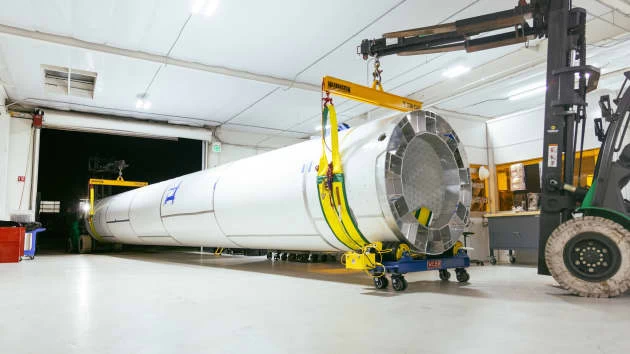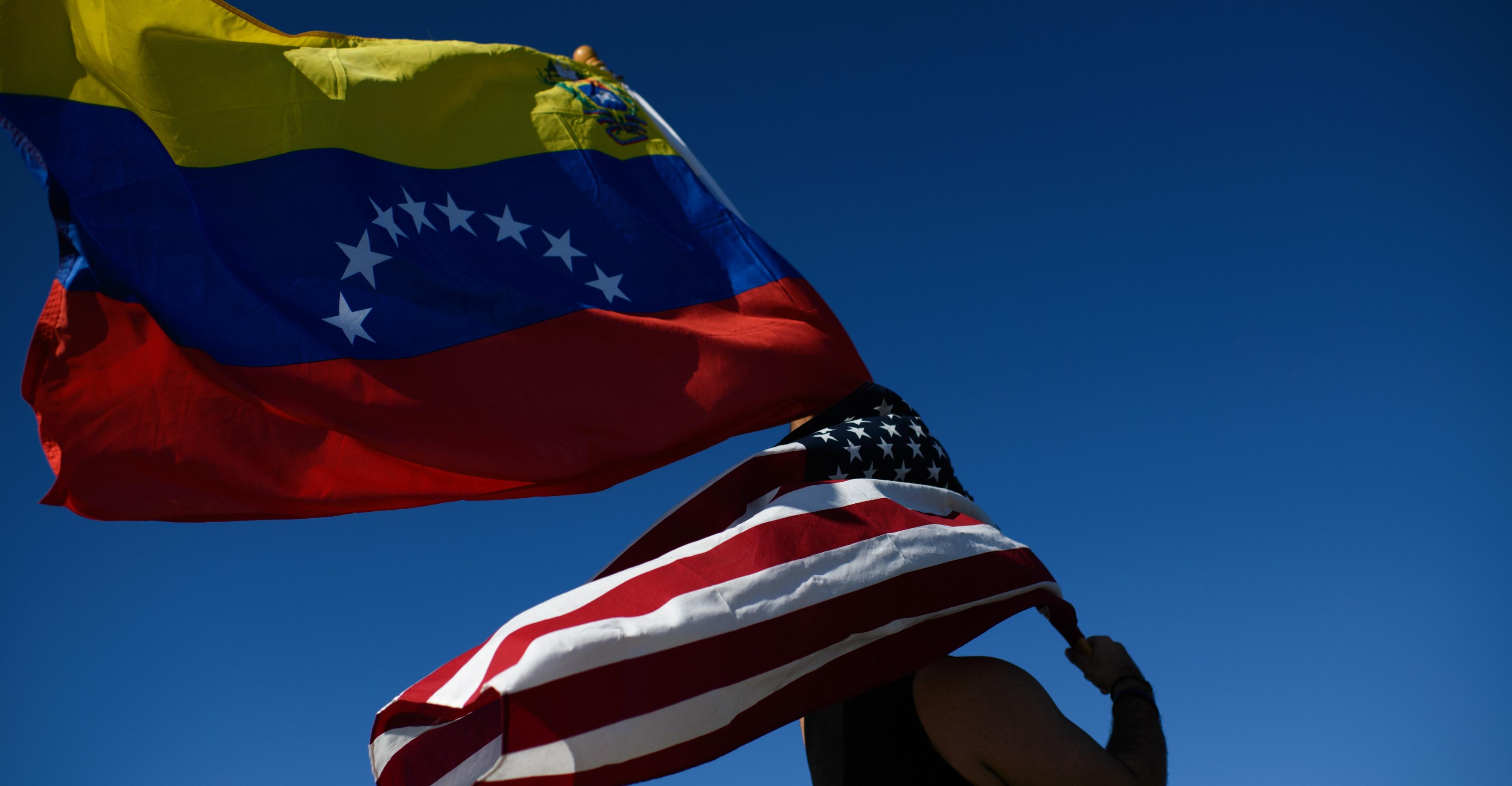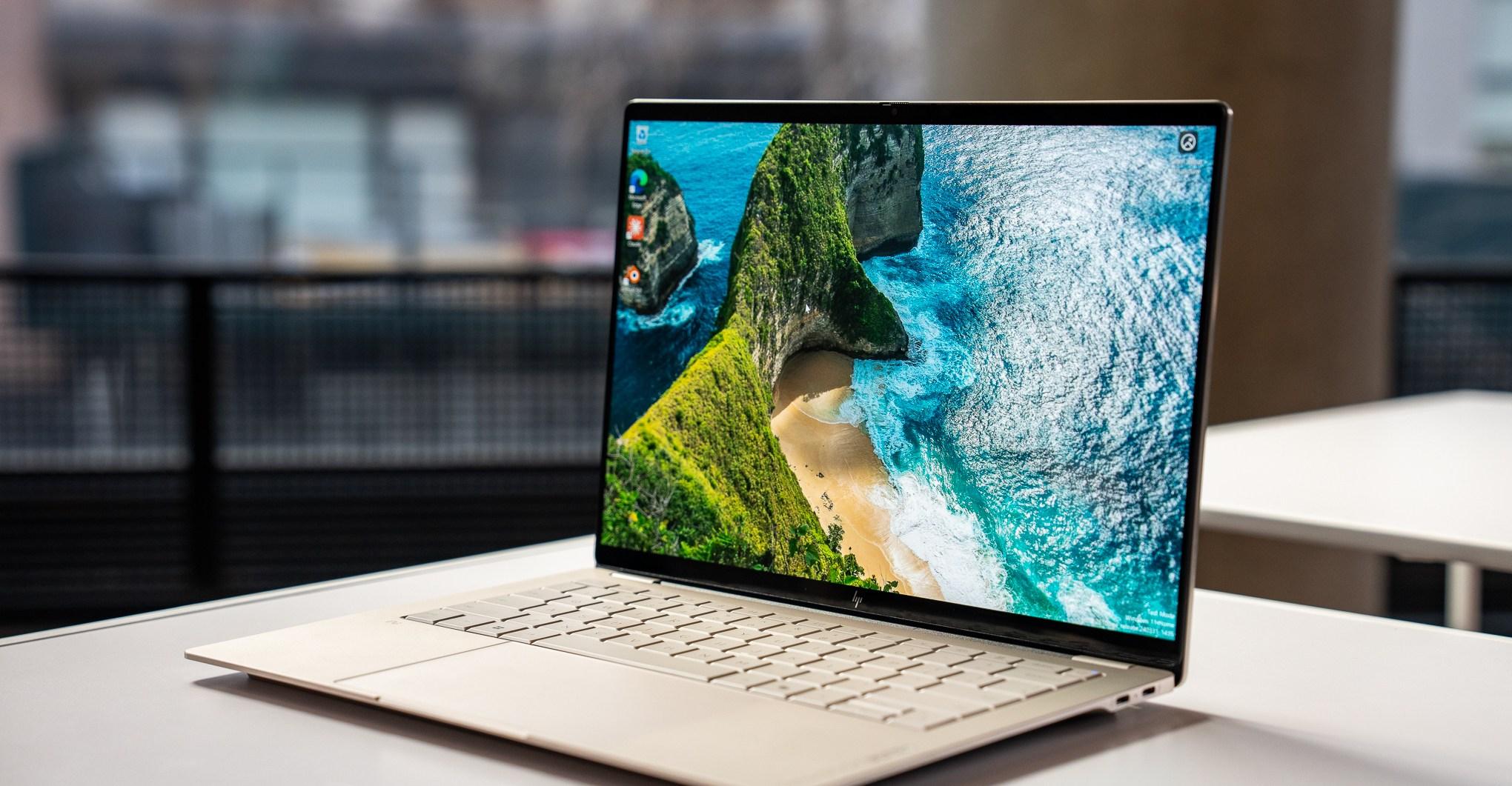- Home
- Technology
- News
Amazon announces to launch its first internet satellites in late 2022
Amazon announced on Monday that it has aimed to launch its first Project Kuiper internet satellites in the fourth quarter of 2022.


The technology giant filed a request with the Federal Communications Commission to launch and operate its first two prototype satellites, called KuiperSat-1 and KuiperSat-2. Amazon says the satellites will launch with ABL Space on its RS1 rocket.
“We’ll soon be ready to see how [the satellites] perform in space,” Amazon vice president Rajeev Badyal said in a statement. “There is no substitute for on-orbit testing, and we expect to learn a lot given the complexity and risk of operating in such a challenging environment.”
Project Kuiper is Amazon’s plan to build a network of 3,236 satellites in low Earth orbit to provide high-speed internet to anywhere in the world. The FCC last year authorized Amazon’s system, which the company says it plans to “invest more than $10 billion” in Kuiper. Early service from Kuiper is set to begin once Amazon has 578 satellites in orbit.

Amazon last week announced a partnership with Verizon, to collaborate with the telecom giant in the increasingly competitive field of high-speed satellite internet.
Kuiper is poised to go toe-to-toe with SpaceX’s Starlink network, which is the furthest along in the latest generation of broadband satellite systems. A variety of other networks are in various stages of development, including those of British-owned OneWeb, BlackRock-backed Astranis, satellite-to-smartphone specialist AST SpaceMobile, Lockheed Martin’s partnership with start-up Omnispace, and Canadian satellite operator Telesat’s Lightspeed.
The Project Kuiper team has grown steadily at Amazon, which now has more than 750 people and “hundreds more” expected to be hired in the next year. Amazon built a 219,000 square-foot facility in Redmond, Washington to test and manufacture the satellites, and plans to add another 20,000 square-foot facility.
SOURCE: CNBC

What actually is the “Donroe Doctrine”?
- 11 hours ago

Quetta: Prime Minister arrives at Governor House, briefed on provincial affairs and development projects
- 41 minutes ago

Air chief visits Saudi Arabia, pledges to strengthen defense cooperation
- an hour ago

How Trump brought the World Cup to America
- 11 hours ago

Armed Forces remain steadfast in safeguarding country’s sovereignty: Field Marshal
- an hour ago

Is this the folding iPhone’s creaseless display?
- 13 hours ago
Spotify makes it easier for video creators to earn, announces new LA studio
- 20 hours ago

This free feature helps make stolen Bosch e-bikes unsellable
- 13 hours ago

Nvidia’s GeForce Now is getting native Linux and Fire TV apps
- 13 hours ago
Green Shirts beat Sri Lanka by six wickets in first T20I
- 20 hours ago
Trump's oil push widens with seizure of Russian-flagged tanker linked to Venezuela
- 20 hours ago

8BitDo’s new wireless Xbox controller has swappable ABXY button switches
- 4 hours ago








